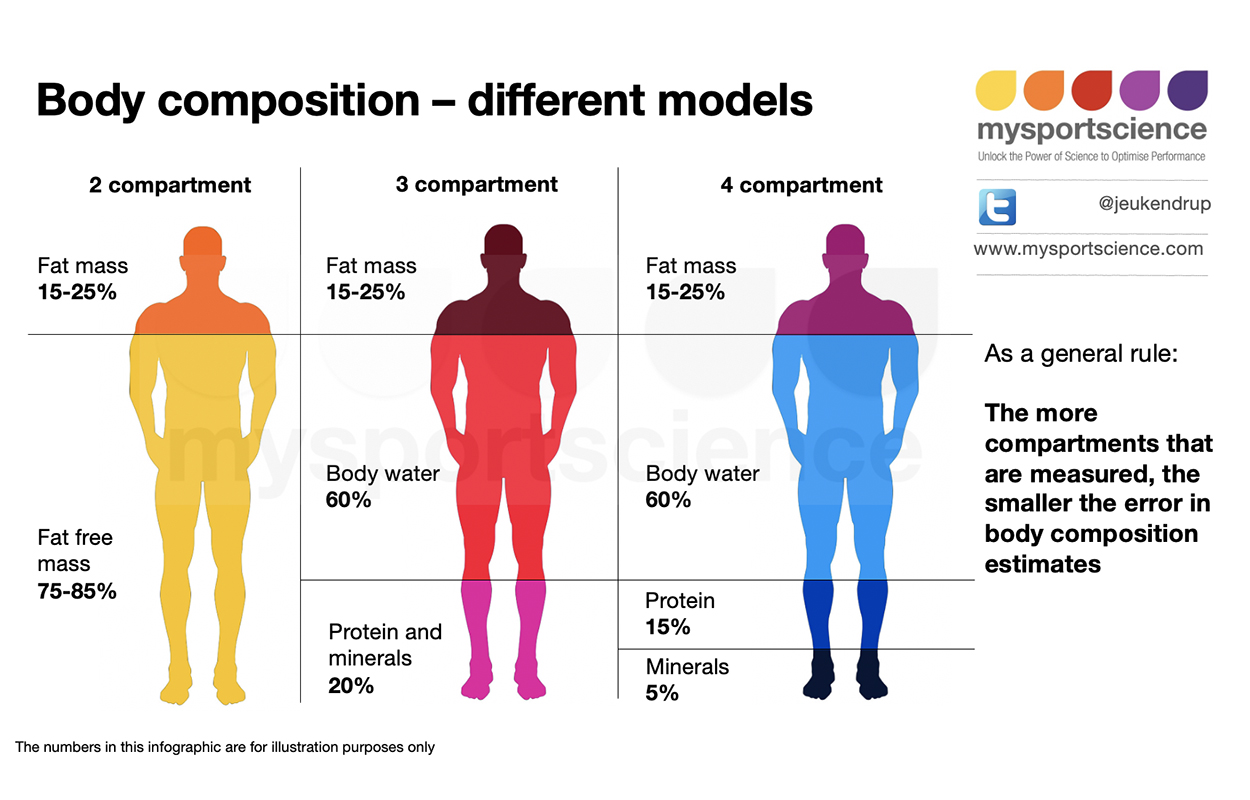

The lack of a standardized working definition of frailty in elders may have further slowed the research on this topic. For example, evidence suggests that body composition, musculoskeletal and nervous systems, and inflammation act synergistically as risk factors for frailty. Evidence on the nature of biological processes that cause frailty is quite limited, probably because of their complex and multifactual nature. The pathophysiologic modifications underlying frailty have not been carefully explored, but they are probably independent of aging. However, according to current literature, the prevalence of frailty increases with age, and the American Medical Association estimated that ≈40% of persons aged ≥80 y are frail ( 5). The challenges of finding a standard definition of frailty that could be uniformly applied and valid in different settings ( 2, 3) make any estimation of prevalence approximate and tentative ( 4). Physical inactivity and low walking speed were the frailty criteria that showed the strongest associations with pQCT measures.Ĭonclusion: Frail subjects, identified by an easy and inexpensive frailty score, have lower muscle density and muscle mass and higher fat mass than do nonfrail persons.įrailty, skeletal muscle, body composition, fat mass, inflammation, muscle mass, muscle density, aging, epidemiology INTRODUCTIONįrailty is generally defined as a state of high vulnerability for adverse health outcomes, including falls, hospitalization, physical disability, and mortality ( 1). Fat area was significantly higher in frail participants (22.0%, SE = 0.9) than in participants with no frailty criteria (20.3%, SE = 0.4). Participants with no frailty criteria had significantly higher muscle density (71.1 mg/cm 3, SE = 0.2) and muscle area (71.2%, SE = 0.4) than did frail participants (69.8 mg/cm 3, SE = 0.4 and 68.7%, SE = 1.1, respectively). Results: The mean age (±SD) of the study sample was 74.8 ± 6.8 y, and 81 participants (8.8%) had ≥3 frailty criteria.
Analyses of covariance and logistic regressions were performed to evaluate the relations between frailty and pQCT measures. Muscle density and the ratios of muscle area and fat area to total calf area were measured by using a peripheral quantitative computerized tomography (pQCT) scan. Frailty was defined by the presence of ≥3 of the following criteria: weight loss, exhaustion, low walking speed, low hand grip strength, and physical inactivity. Objective: Our objective was to provide a biological face validity to the well-established definition of frailty proposed by Fried et al.ĭesign: Data are from the baseline evaluation of 923 participants aged ≥65 y enrolled in the Invecchiare in Chianti study. Background: Frailty is a common condition in elders and identifies a state of vulnerability for adverse health outcomes.


 0 kommentar(er)
0 kommentar(er)
